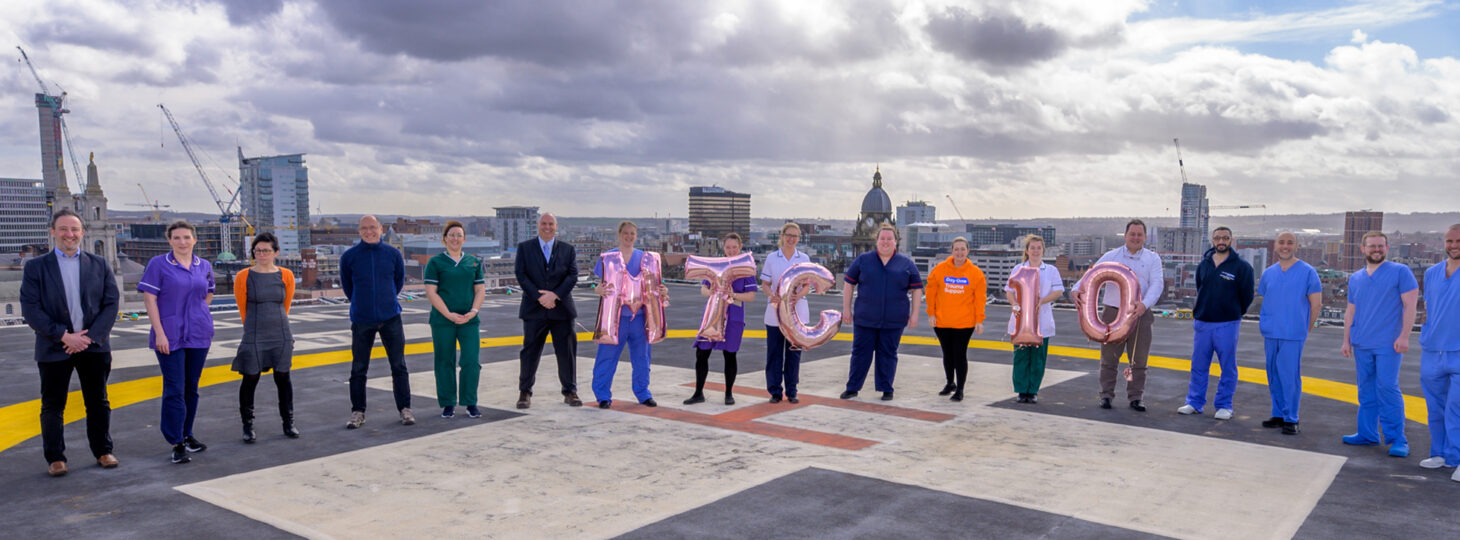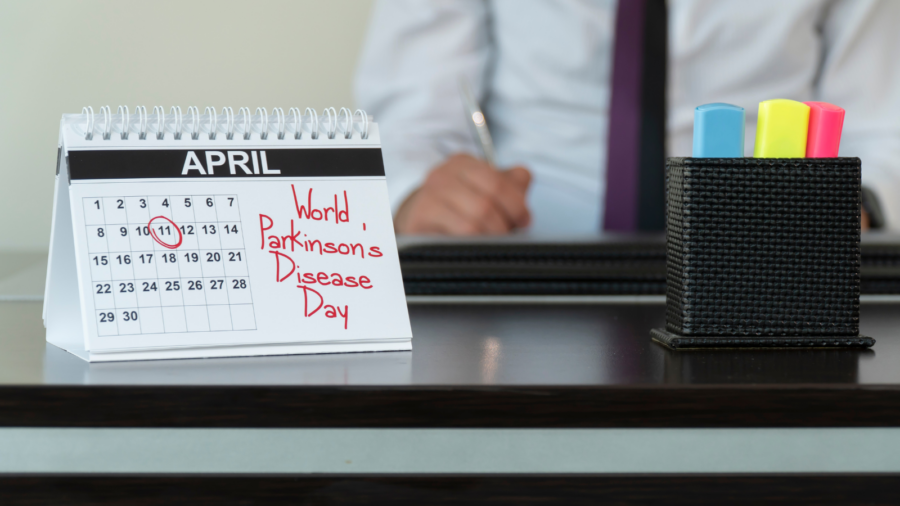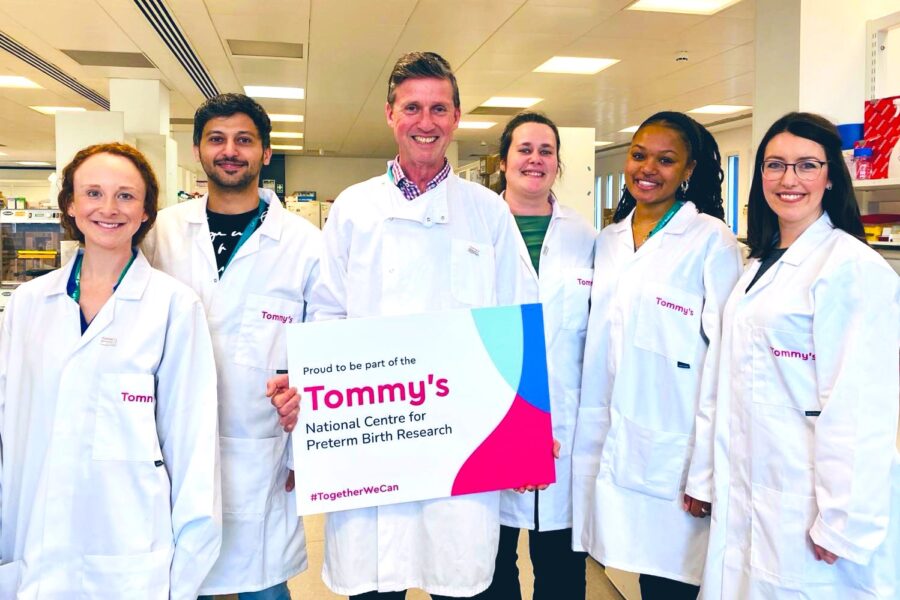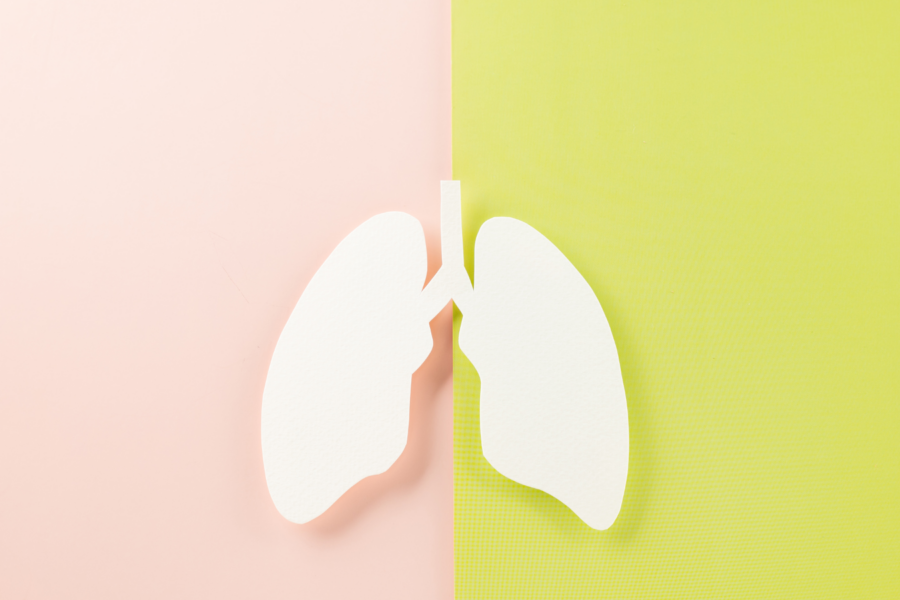Our hospitals
-

Leeds General Infirmary
Right in the heart of the city, Leeds General Infirmary (LGI) has been saving lives for over 250 years.
-
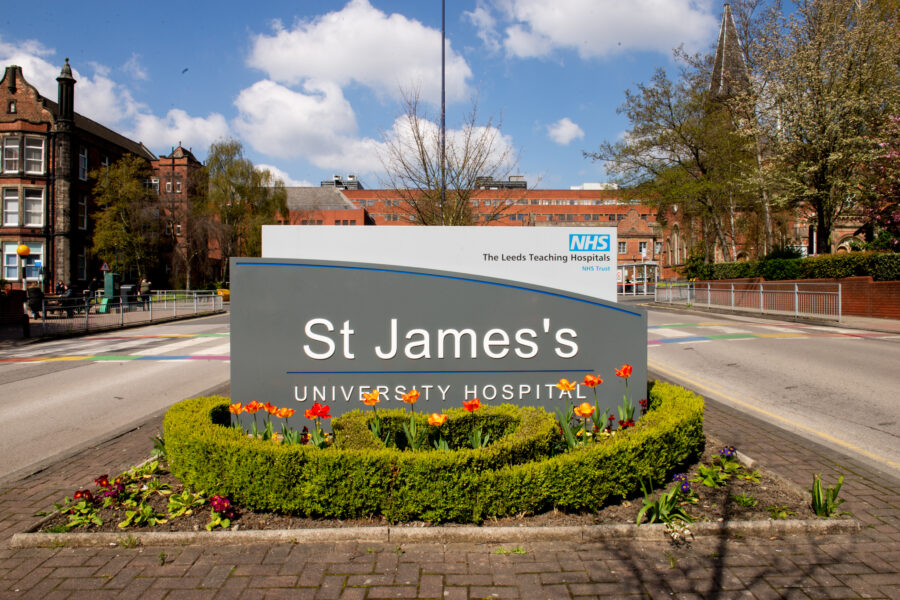
St James’s University Hospital
“Jimmy's”, as it is affectionately known, is internationally famous as Europe’s largest teaching hospital.
-
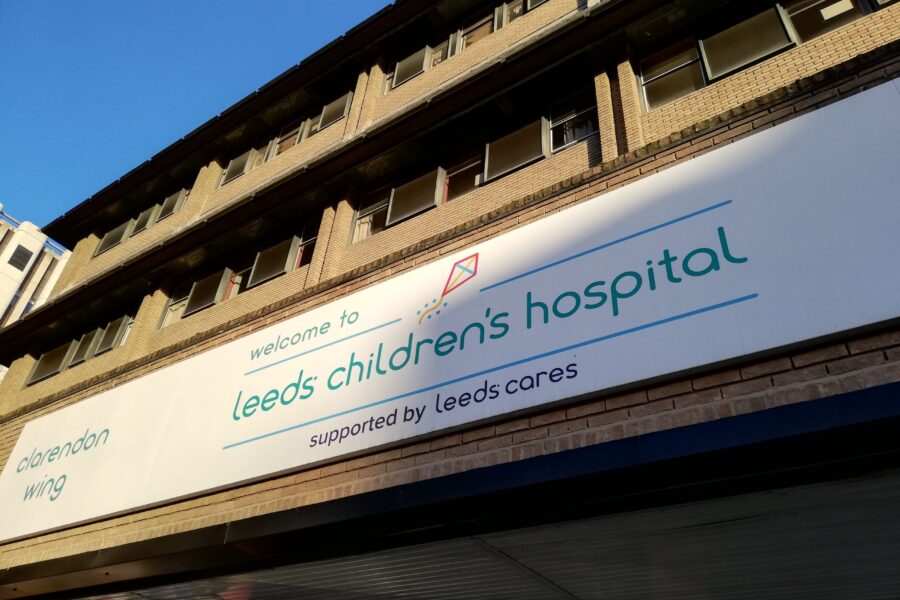
Leeds Children’s Hospital
Leeds Children's Hospital is one of the UK’s largest specialist children’s hospitals offering a wide range of treatments and care for children from birth to young adulthood and beyond. Children's A&E is located at Leeds General Infirmary.
-
Work for us
If you’re looking for an NHS career in Leeds, you couldn’t come to a better place.
-
Video consultations
We use Attend Anywhere, a secure web-based platform for patients with pre-arranged video consultation appointments.
-
Patient Information leaflets
Access our library of patient resources covering a wide array of clinical areas.
-
Get involved
Leeds Hospitals Charity supports NHS staff to deliver the best care for over a million patients and their families each year.


